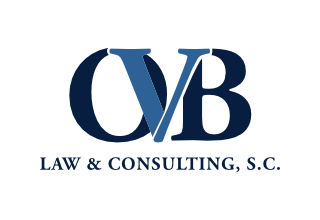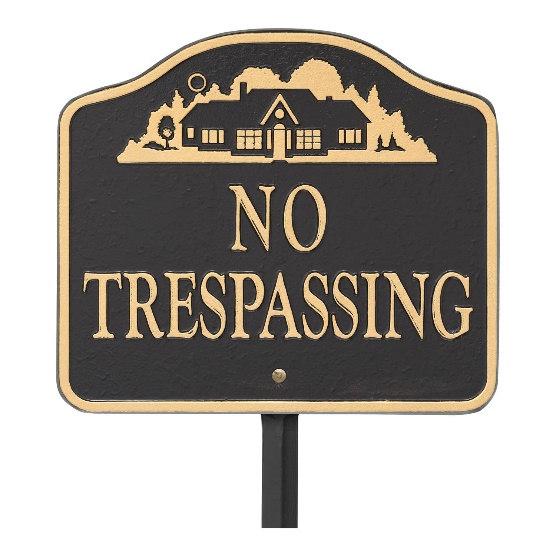If you’re not familiar with the term Easement, keep reading! In real estate an easement is a legal instrument that will grant access over or through real property for the benefit of another who otherwise has no interest in that real property.
One common example is a utility easement. It allows utility workers to come onto the property to access things like cables, electrical grids, or pipes whether above or below ground or without seeking the property owner’s approval each and every time access to the land is needed. Another common example is a shared driveway, where two homes share a driveway that gives them access to a roadway. Easements impart a property interest in the land of another that is protected as a property right. Therefore, when purchasing property with an easement running through it, it is important to know the terms (such as duration and purpose) of that easement because your rights to the land subject to the easement will be restricted.
While most easements are granted by an easement instrument that is recorded with the Register of Deeds for the county where the property lies, not all easements are recorded as such. Easements can also be acquired by a person through open and notorious use of land owned by someone else, which use is adverse to that person’s rights. These are known as prescriptive easements and are similar in nature to another property term that often gets thrown around “adverse possession.” Prescriptive easements often occur when property lines aren’t followed by landowners, or there are access impediments to land that require access over or through another’s land.
Land disputes often arise because there is some ambiguity in the way an easement instrument was drafted or how the underlying land was used by the parties. Whether you need an easement instrument drafted or are involved in a dispute regarding an easement, our real estate attorneys will be able to advise you on the best actions to take to ensure your property interests are protected.



